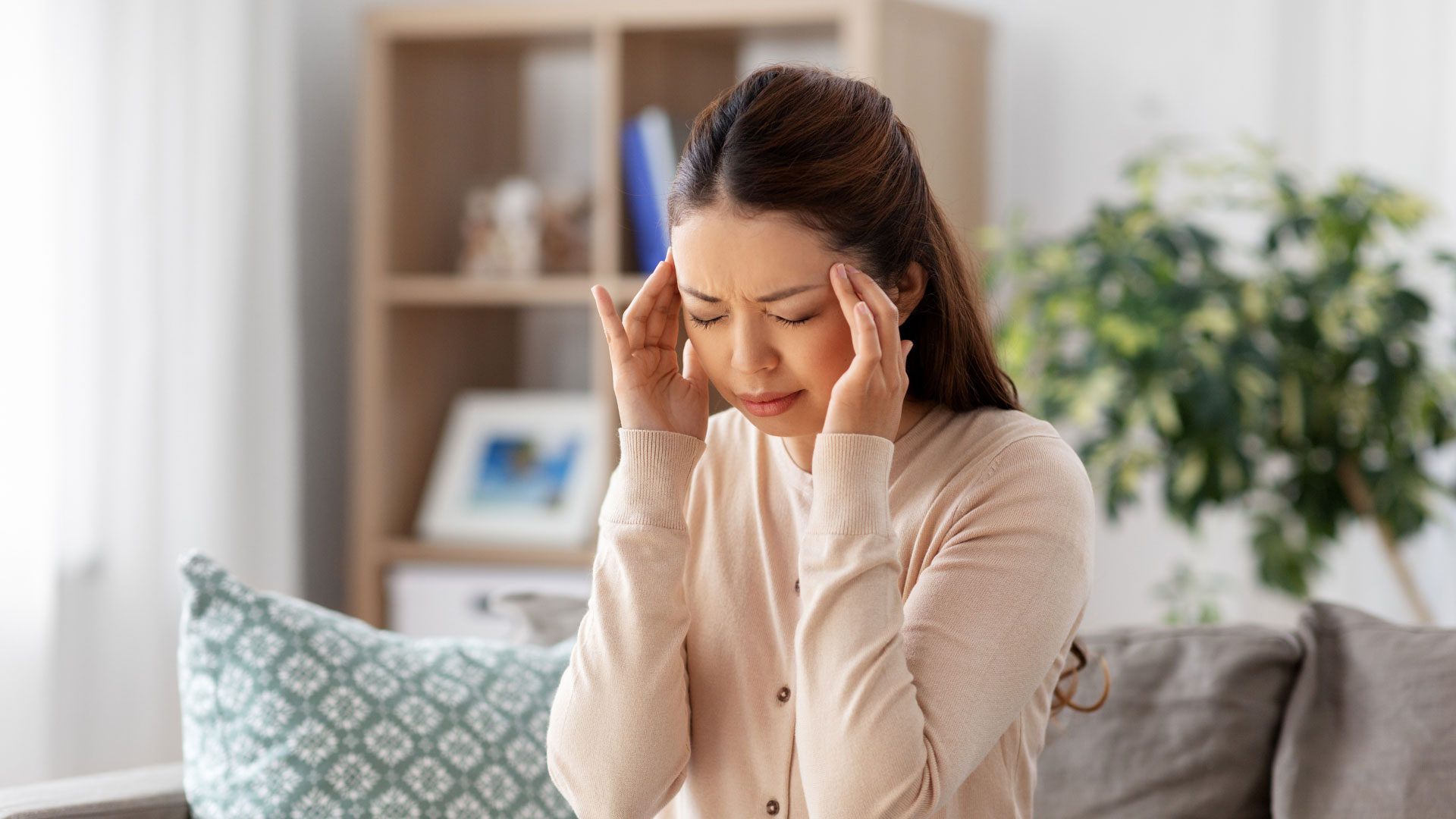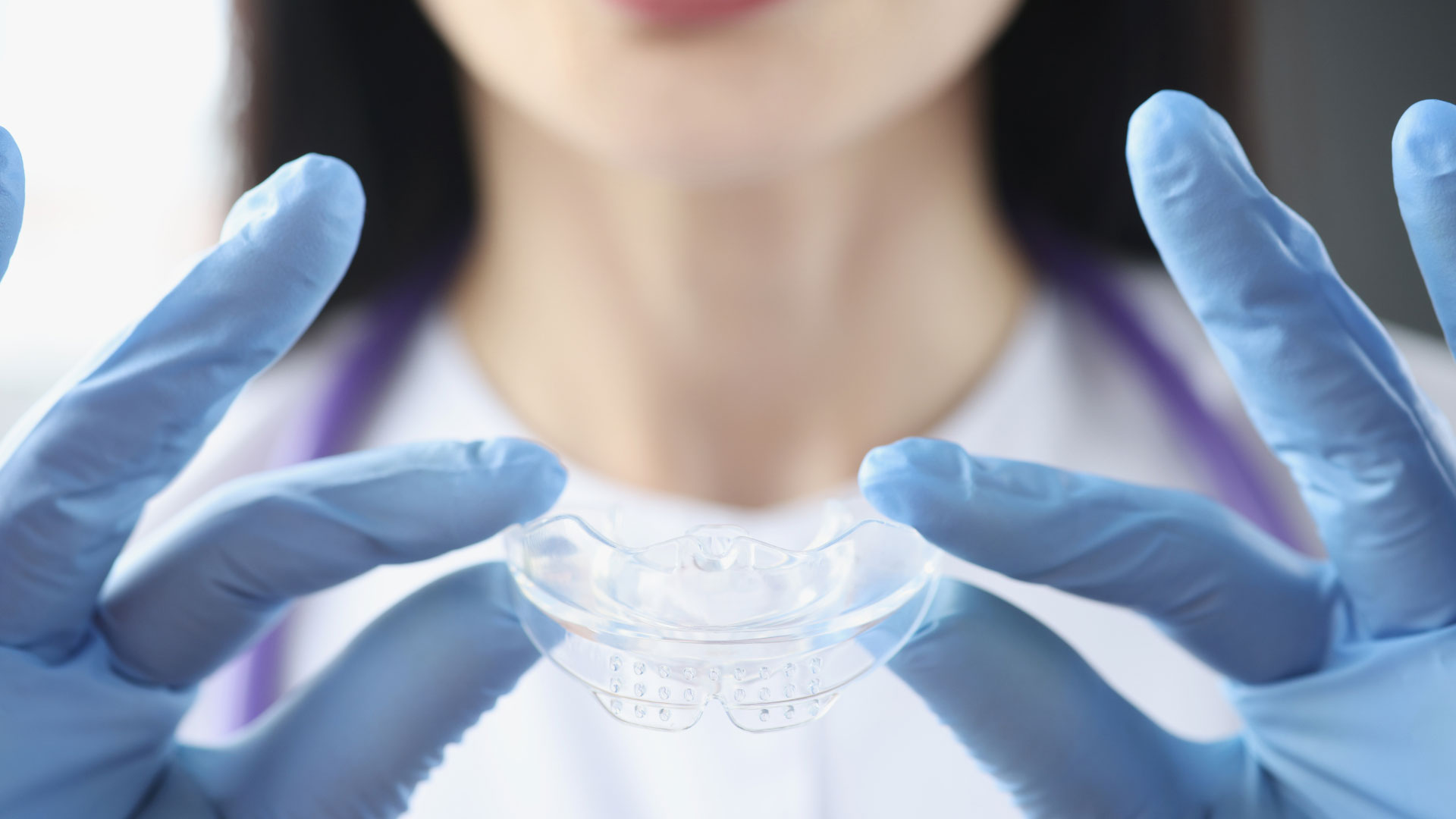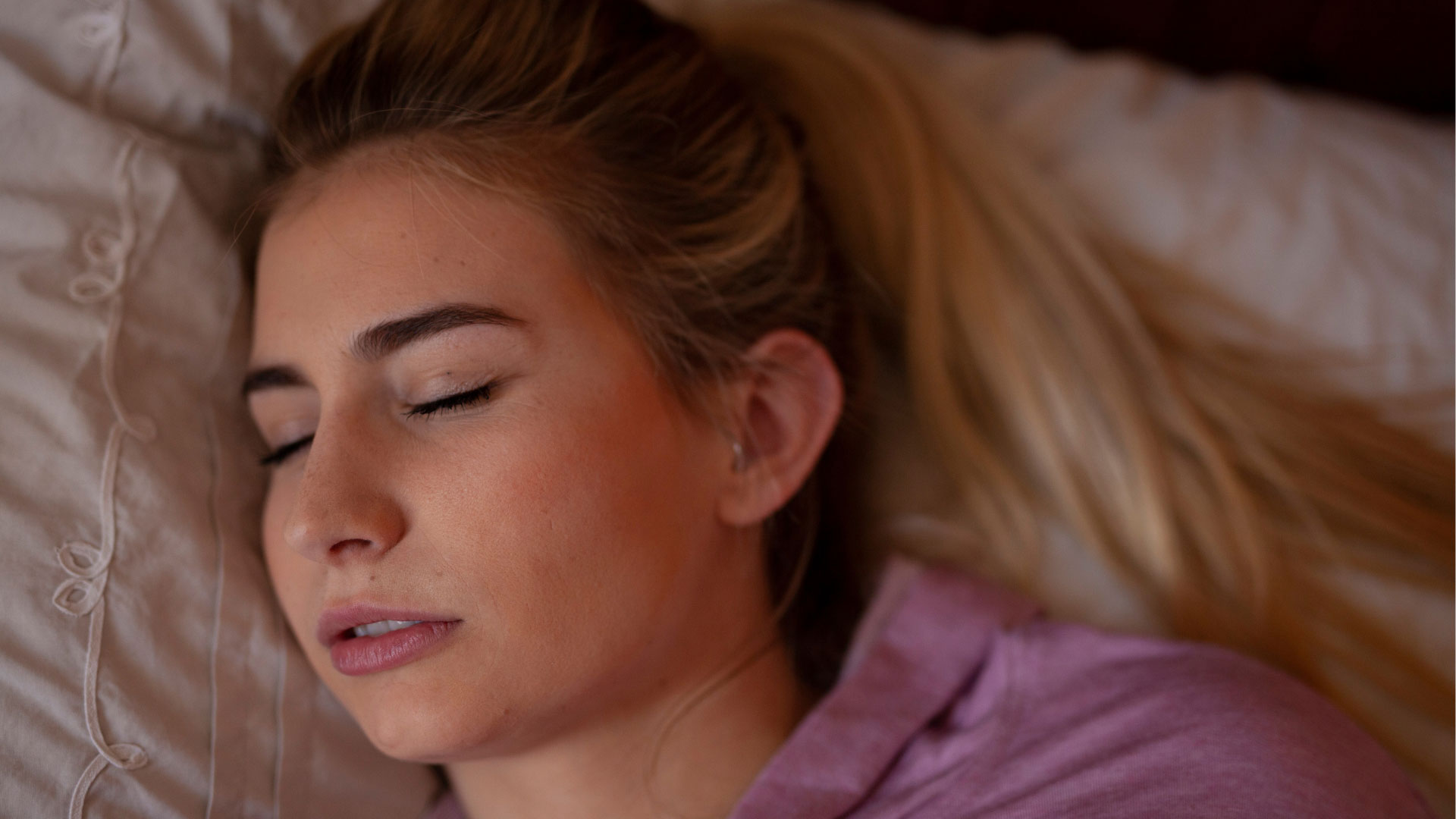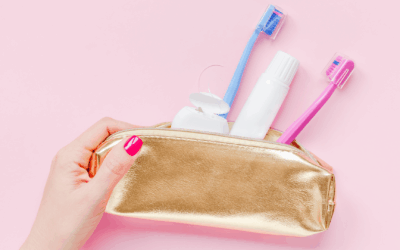Bruxism, commonly known as teeth grinding, is a condition that affects many people, often unconsciously. While it can occur during the day, it is more frequently seen at night as a form of sleep-related disorder. Recognizing and treating bruxism is essential for preventing long-term damage to teeth, jaw muscles, and overall oral health. From the perspective of an orthodontist and orofacial pain practitioner, Dr. Hadi Daia, understanding the causes, symptoms, and treatment options is key to managing this condition effectively.
Recognizing Bruxism: Signs and Symptoms
Bruxism can be subtle, but over time, its effects become more apparent. Here are some of the most common signs and symptoms:
Tooth Damage: Worn down, chipped, or fractured teeth are common signs of bruxism. The force exerted by grinding can cause teeth to flatten and erode, leading to increased sensitivity and the need for dental work.
Jaw Pain or Soreness: Frequent jaw pain, especially upon waking, is a hallmark sign of nighttime teeth grinding. This pain may extend to the face, neck, or shoulders.
Headaches: Frequent headaches, particularly those starting at the temples, are common in people with bruxism. It’s also particularly common for these headaches to occur in the morning. These headaches are usually caused by the excessive tension and strain in the jaw muscles during grinding. In some cases, severe migraines can be triggered by these headaches.
Ear Pain: While not directly related to the ears, the pressure and tension in the jaw can cause discomfort that feels like ear pain.
Tooth Sensitivity: As teeth wear down, the protective enamel diminishes, making them more sensitive to hot, cold, or sweet foods and drinks.
Locked Jaw or Clicking/Popping: The temporomandibular joint (TMJ), which connects the jaw to the skull, can become damaged or inflamed due to the repetitive motion of grinding. This can result in clicking or popping sounds and difficulty opening the mouth.
Damage to Dental Restorations: Fillings, crowns, and other dental work can become damaged or dislodged due to the excessive force exerted by grinding.
Sleep Disruptions: Nighttime bruxism can interrupt sleep patterns, both for the person grinding their teeth and their partner, as the grinding sound can be quite loud.
Indentations on the Tongue or Cheeks: Grinding often leads to people accidentally biting the insides of their cheeks or tongue, leaving noticeable indentations.
Causes and Risk Factors
Bruxism is a multifactorial condition, meaning it can result from a combination of psychological, physiological, and genetic factors. Understanding the root causes helps in tailoring the treatment approach. Key contributors include:
- Stress and Anxiety: Emotional stress is a leading cause of bruxism. People under high levels of stress or anxiety are more likely to grind their teeth, especially during sleep.

- Sleep Disorders: Conditions like sleep apnea, snoring, or other breathing problems during sleep are linked to bruxism. Studies suggest that these conditions may cause micro-arousals (brief awakenings), which trigger grinding episodes.
- Malocclusion (Misaligned Teeth): Orthodontists often find that improper alignment leading to orthopedically unstable occlusion (especially functional shifts) can contribute to bruxism. When the upper and lower teeth don’t fit together properly, it can lead to increased muscle strain and grinding.
- Medications and Substance Use: Certain medications, particularly antidepressants, and substances like caffeine, alcohol, and nicotine can increase the likelihood of bruxism. It’s important to review any medication use with a healthcare provider if bruxism develops.
- Genetics: Family history also plays a role, as bruxism has been observed to run in families.
- Lifestyle Factors: Excessive alcohol consumption, caffeine intake, or smoking can increase the likelihood of teeth grinding.
- Independent Habit: Bruxism can develop as a habit independent of stress or anxiety, becoming ingrained through repeated grinding or clenching, even without a medical cause. Over time, it can persist both during sleep and while awake.
Treatment Options for Bruxism
Treating bruxism involves a multi-faceted approach that addresses both the symptoms and underlying causes. An orofacial pain practitioner will evaluate the severity of the condition and recommend treatments that may include a combination of dental appliances, behavioral therapy, and medical interventions.
Biobehavioral Modification and Therapy: This approach focuses on reducing teeth grinding by addressing the behavioral and psychological factors that contribute to bruxism. Techniques like stress management, relaxation exercises (yoga, meditation, and breathing techniques), cognitive-behavioral therapy (CBT), habit-reversal training, and biofeedback can help patients become more aware of their grinding habits and manage triggers. Behavioral therapy plays a key role by raising awareness of daytime clenching or grinding and teaching techniques to relax the jaw muscles, such as exercises reducing muscle tension and maintaining a relaxed jaw position.
Biofeedback: Biofeedback is a valuable tool within biobehavioral therapy that helps patients gain better control over involuntary muscle activity associated with bruxism. Sensors monitor jaw muscle tension, providing real-time feedback through visual or auditory cues when clenching or grinding occurs. This feedback allows individuals to consciously adjust and relax their jaw muscles, promoting better awareness of their habits. Over time, biofeedback can help retrain the body to reduce or stop teeth grinding, especially when combined with other therapeutic techniques.
Mouthguards and Splints: One of the most effective treatments for bruxism is the use of custom-made occlusal splints, which are often created by an orthodontist to fit over the teeth. These devices act as a protective barrier, preventing direct contact between the upper and lower teeth during grinding, while also distributing grinding forces evenly to reduce pressure on the teeth and jaw.
Types of Occlusal Splints: Several types of occlusal splints are commonly used for bruxism, depending on the patient’s needs. Let’s explore a few. A flat plane full coverage occlusal splint is designed to cover all teeth and provides even distribution of forces, helping to relieve jaw strain. The Michigan splint, a hard acrylic appliance, is often used to manage TMJ disorders by promoting a more comfortable jaw alignment. Nightguards, another type of occlusal splint, are typically worn during sleep and can be made of soft or hard acrylic. They protect the enamel and reduce muscle tension by cushioning the teeth during grinding.

Orthodontic Treatment: If malocclusion or misaligned teeth are contributing to bruxism, orthodontic treatments such as braces, clear aligners (e.g., Invisalign), or other corrective procedures may be recommended. By aligning the teeth properly and correcting the bite, orthodontists can reduce the risk of grinding and ease tension in the jaw.
Medications: In some cases, medications may be prescribed to address the underlying causes of bruxism, such as muscle relaxants to reduce jaw tension during sleep or antidepressants to manage stress and anxiety.

Sleep Studies and Sleep Disorder Treatment: If bruxism is linked to sleep disorders, a referral to a sleep specialist may be necessary. Addressing conditions like sleep apnea through continuous positive airway pressure (CPAP) devices or oral sleep apnea appliances can significantly reduce bruxism episodes.
Botox Injections: For patients with severe bruxism that doesn’t respond well to conventional treatments, Botox injections may be considered. Botox works by temporarily weakening the masseter muscles responsible for grinding, reducing the intensity of the clenching and alleviating pain and muscle tension.
Acupuncture: Acupuncture can help relieve bruxism by targeting pressure points to reduce muscle tension and promote relaxation. By balancing the body’s energy flow, it may decrease stress-related grinding and alleviate jaw pain. While more research is needed, some patients find acupuncture beneficial as a non-invasive treatment option.
Physical Therapy: Physical therapy for bruxism focuses on relieving jaw muscle tension through massage, stretching, and posture correction. Therapists teach exercises to improve jaw alignment and mobility, helping reduce discomfort and prevent further damage. It’s especially useful for patients with TMJ-related issues.
Hypnosis: Hypnosis helps address bruxism by reducing stress and reprogramming the subconscious to break grinding habits. In a relaxed state, patients receive suggestions to stop clenching and reduce jaw tension. While its effectiveness varies, hypnosis can be a helpful complement to other treatments.
Patient Education: Educating patients on the causes and triggers of bruxism is vital. By recognizing stress, anxiety, and habit-related grinding, patients can take steps to manage their symptoms. Education empowers them to adopt healthier habits, use relaxation techniques, and seek proper treatment for better results.
Preventive Measures and Self-Care for Long-Term Management
In addition to professional treatments, individuals can take preventive measures to manage and reduce the frequency of bruxism. On average, our teeth should only be touching for about 10 to 15 minutes per day, primarily during activities like chewing and swallowing. Experts, including the American Dental Association (ADA) and the Academy of General Dentistry (AGD), suggest that prolonged tooth contact outside of eating or swallowing—such as during clenching or grinding—can lead to issues like bruxism, TMJ disorders, and excessive wear on teeth. Maintaining a relaxed jaw position with a slight separation of the teeth when not eating or swallowing helps prevent unnecessary wear and strain. We refer to this as the “n” position, focusing on resting your tongue where it lands after saying “n.” Some more self-care tips include:
- Avoid Stimulants: Limiting caffeine and alcohol intake, especially before bedtime, can reduce nighttime grinding.
- Practice Relaxation: Incorporating relaxation techniques, such as deep breathing or progressive muscle relaxation, before sleep can alleviate stress and muscle tension.
- Jaw Exercises: Physical therapy exercises focused on the jaw and neck can strengthen the muscles and reduce strain.
- Good Sleep Hygiene: Maintaining a regular sleep schedule and creating a calming bedtime routine can improve sleep quality and reduce bruxism. We also recommend reducing screen time before bed to decrease stress.
- Wear a Bite Guard: Teeth clenching frequently occurs during sports and activities that involve intense focus, exertion, or stress, making bite guards helpful for reducing the risk of bruxism-related wear or injury.
When to See a Doctor
It’s important to consult an orofacial pain practitioner if you experience persistent jaw pain, headaches, jaw joint (TMJ) noises, jaw locking, movement restrictions, or tooth sensitivity. Early intervention can prevent long-term damage to your teeth and jaw.
Bruxism, while common, can lead to significant oral health issues if left untreated. Recognizing the signs early and seeking proper treatment from an orofacial pain practitioner can make a big difference in managing this condition. By addressing the root causes—whether stress, sleep disorders, or bite issues—patients can protect their teeth and enjoy a better quality of life. Contact us at Daia Orthodontics & TMJ Orthopedics in Rochester Hills to schedule your consultation today.




